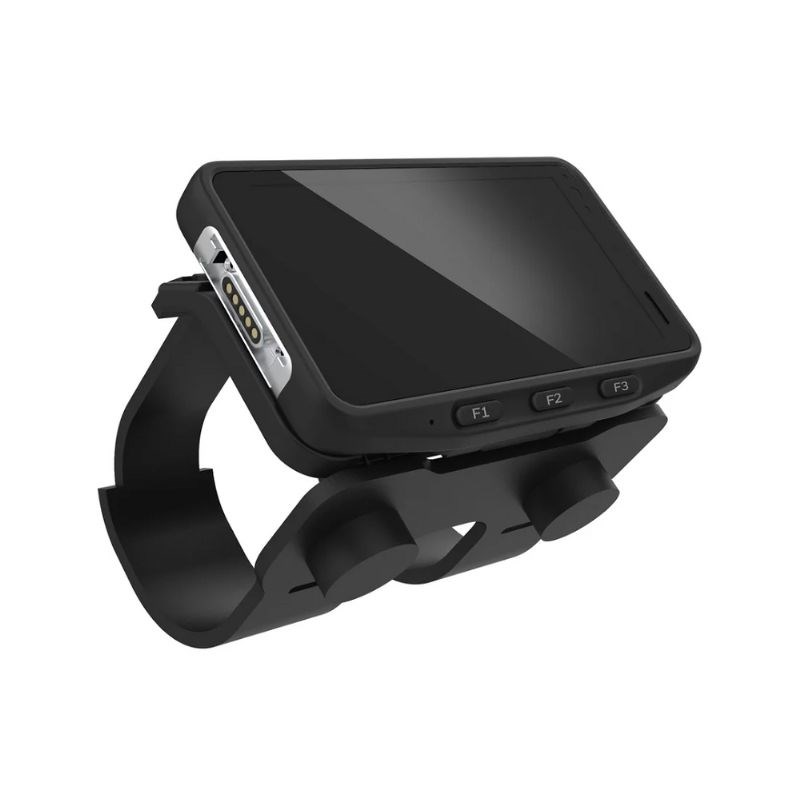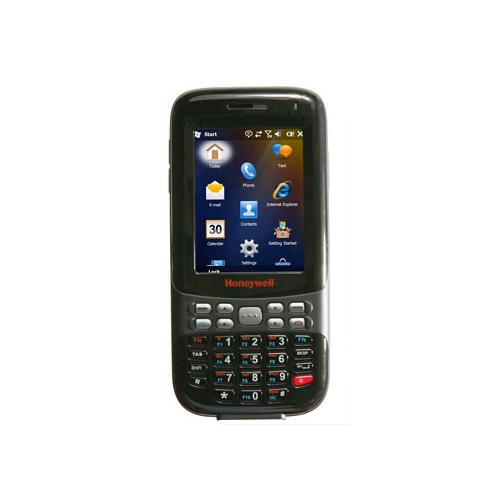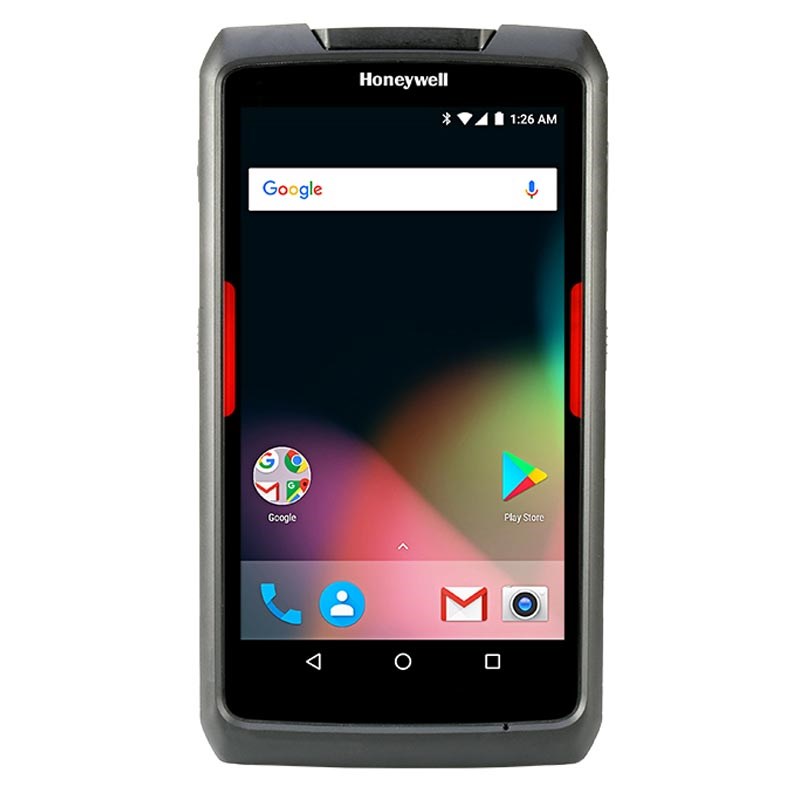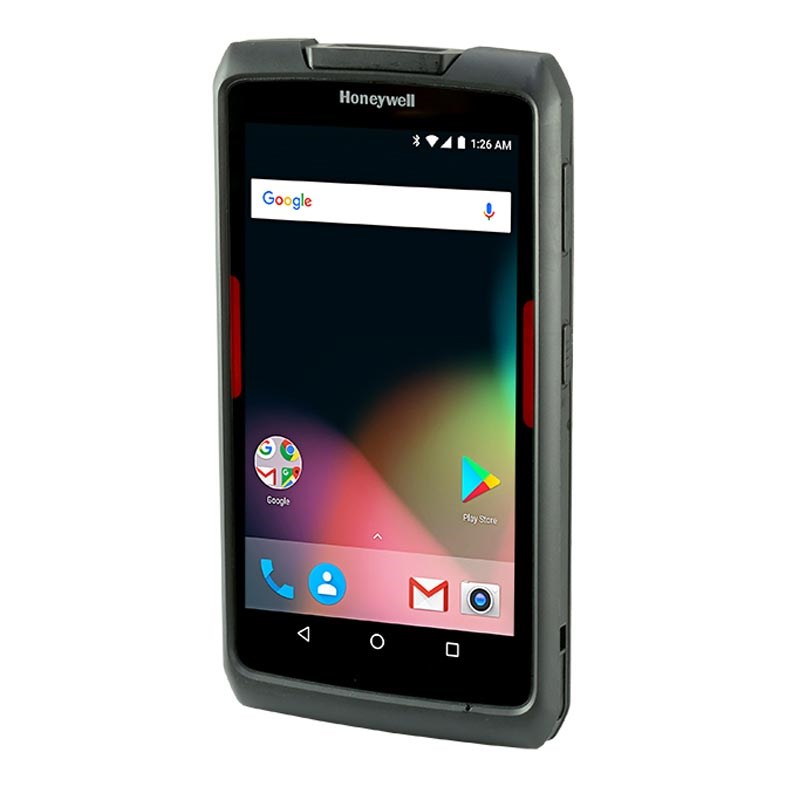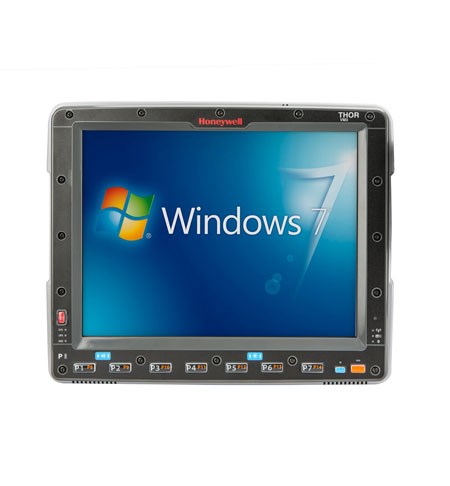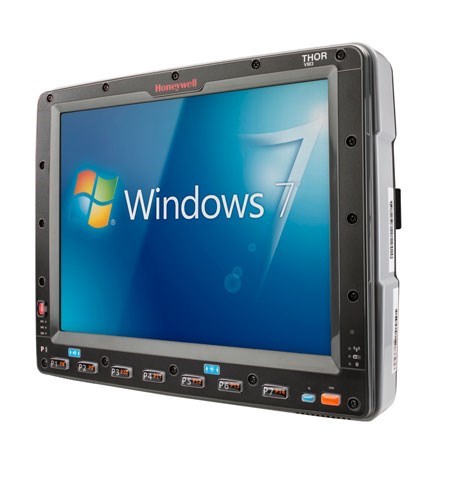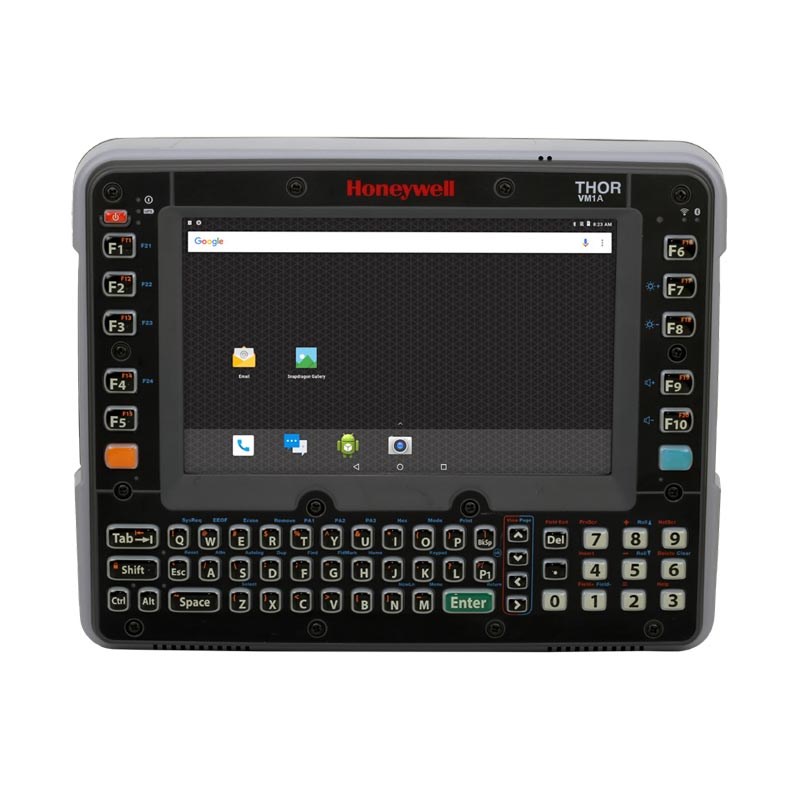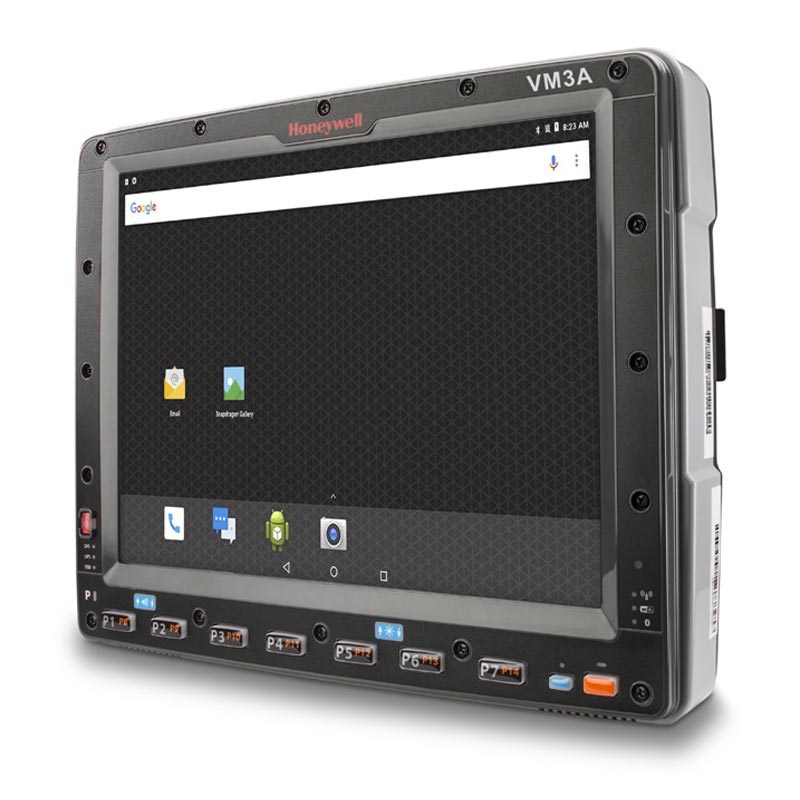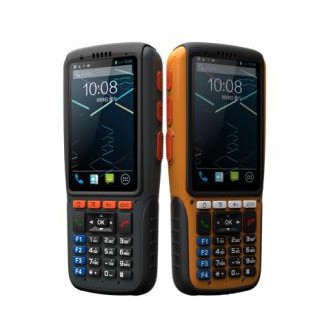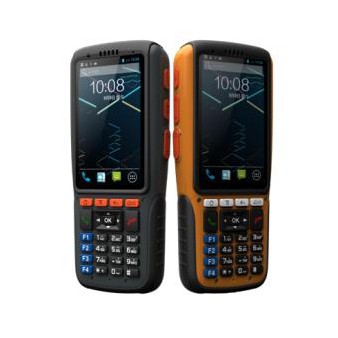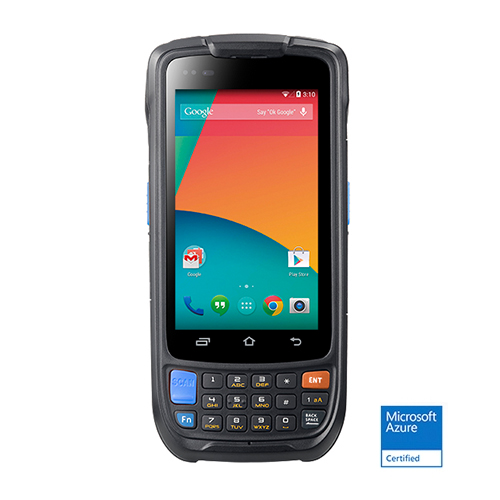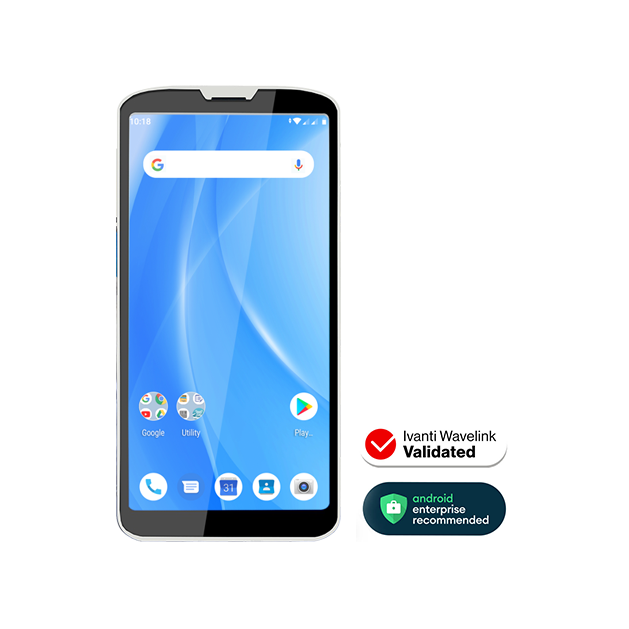A “smartphone terminal” typically refers to a smartphone that is utilized as a point-of-sale (POS) terminal for various business transactions. In this context, the smartphone functions as a portable device capable of accepting payments, processing transactions, and managing various business-related tasks. These systems often involve the use of specialized software or mobile apps that turn the smartphone into a versatile and mobile payment processing tool. Here are key features and aspects associated with smartphone terminals:
Key Features of Smartphone Terminals:
- Mobile Payment Apps:
- Smartphone terminals use mobile payment applications that enable businesses to accept payments through various methods, including credit/debit cards, mobile wallets, and contactless payments.
- Card Readers:
- Card readers or card-swiping attachments are often used with smartphones to facilitate card payments. These devices can be plugged into the smartphone’s audio jack or connected wirelessly.
- Contactless/NFC Technology:
- Some smartphone terminals support Near Field Communication (NFC) technology, allowing them to accept contactless payments using mobile wallets or contactless cards.
- QR Code Scanning:
- The smartphone terminal may have the capability to scan QR codes for payments, enabling customers to make transactions by scanning a code displayed on their smartphones or payment cards.
- Receipt Generation:
- Smart phone terminals generate digital receipts, which can be sent to customers via email or text message. This eliminates the need for paper receipts and provides a convenient record of the transaction.
- Inventory Management:
- Some smart phone terminal solutions include features for basic inventory management, allowing businesses to track product sales and manage stock levels.
- Sales Analytics:
- Smart phone terminals may offer analytics and reporting tools to help businesses track sales performance, identify trends, and make informed decisions.
- Security Measures:
- Security features, including encryption and tokenization, are implemented to protect sensitive payment information and ensure secure transactions.
- Business Management Apps:
- Beyond payment processing, smart phone terminals may integrate with business management apps that help with tasks such as employee management, customer relationship management (CRM), and invoicing.
- Compatibility with POS Systems:
- Smart phone terminals are often designed to integrate seamlessly with larger point-of-sale (POS) systems, allowing businesses to manage transactions across various platforms.
Applications of Smartphone Terminals:
- Small Businesses and Entrepreneurs:
- Small businesses, street vendors, and independent entrepreneurs often use smart phone terminals for accepting payments on the go.
- Pop-up Shops and Events:
- Businesses participating in pop-up shops, trade shows, or events find smart phone terminals convenient for processing payments outside of a traditional brick-and-mortar setting.
- Delivery Services:
- Mobile delivery services and food trucks use smartphone terminals for accepting payments at customers’ locations.
- Service Professionals:
- Service professionals, such as plumbers, electricians, and freelancers, can use smartphone terminals to accept payments from clients on-site.
- Retail Stores:
- Some retail stores, especially smaller or mobile setups, leverage smartphone terminals for flexibility in payment processing.
- Restaurants and Cafés:
- Restaurants and cafés may use smartphone terminals for accepting payments at tables, during outdoor events, or for food delivery services.
- Transportation Services:
- Ride-sharing drivers and taxi services use smartphone terminals for processing fares and payments from passengers.
Smart phone terminals provide businesses with flexibility and mobility in accepting payments, making them suitable for a wide range of industries and scenarios. They leverage the power of smart phones to streamline transactions, enhance customer convenience, and improve overall business efficiency.

